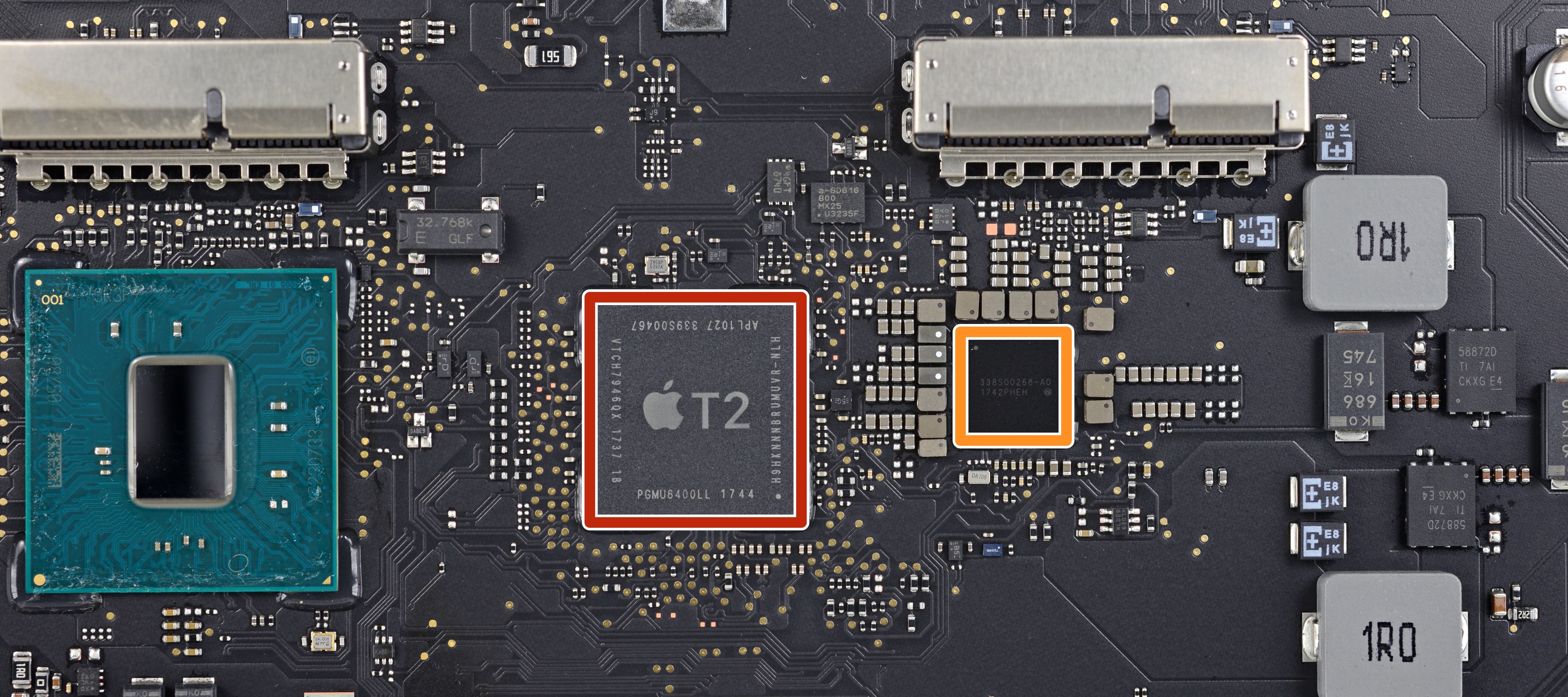

- #Usb secure boot how to#
- #Usb secure boot install#
#Usb secure boot how to#
How to create a Secure Boot Strelec partition 3 Legacy boot directly to the Windows Installer on partition 3.HDD Regenerator, HDDaRTs, Ghost, Victoria, MHDD, HDA2, MemTest86, Memtest86+) Legacy boot to WinPE x86, 圆4 and other bootable payloads that are included on Partition 3 (e.g.Secure UEFI64-boot and run the Windows Memory Diagnostic.Secure UEFI64-boot directly to your favourite Windows Installer and run Setup.exe.
#Usb secure boot install#
Secure UEFI64-boot to (Strelec) WinPE 圆4 – you can then run WinPE utilities including WinNTSetup which will allow you to install Windows from any of the Windows Installer ISOs which are present in the E2B USB drive. The instructions below will add these extra functions to a standard E2B+agFM USB drive (true Secure Boot support without using a signed shim): Once that is done, we can simply copy over our favourite WinPE multi-tool and/or the contents of say a Windows 10 Install ISO onto that FAT32 partition and Secure-boot to it. We can therefore create a third Primary MBR partition on the E2B USB drive and format it as FAT32. However, the standard Windows and WinPE boot files are all signed by Microsoft, so we can Secure Boot to any Windows\WinPE OS that is present on the E2B USB drive. This means that many Windows 10 systems will have run a KB update which has added a DBx blacklist key entry into the UEFI firmware’s database, so that when you try to UEFI64-boot to the agFM partition, you may get some sort of security error: ‘File Not Contiguous’ and ‘Too Many Fragments’ Errors. Boot Windows 11 on non-TPM systems using Ventoy. FreeBSD, GhostBSD, MidnightBSD, OPNsense, FreeNAS & pfSense. WInPE ISOs (WinBuilder, Medicat, Gandalf, etc.). WinPE multi-function (Hirens-type) ISOs. Installing Linux from an ISO file onto a system. MBR-boot from a Debian\Kali ISO with persistence. 
Ubuntu-based ISO + persistence (.isopersist).Update the XP 32-bit Mass Storage drivers.PassPass (bypass Windows local password).Installing Windows XP\7\8\10 using WinNTSetup.Install Windows Vista, Windows 7 and Server 2008 R2.UEFI – Adding Windows 7/8/10 which have >4GB Install.wim/Install.esd files.






 0 kommentar(er)
0 kommentar(er)
